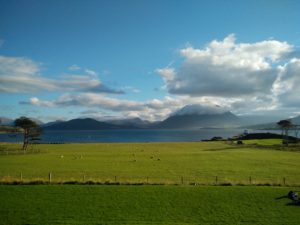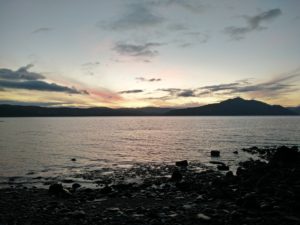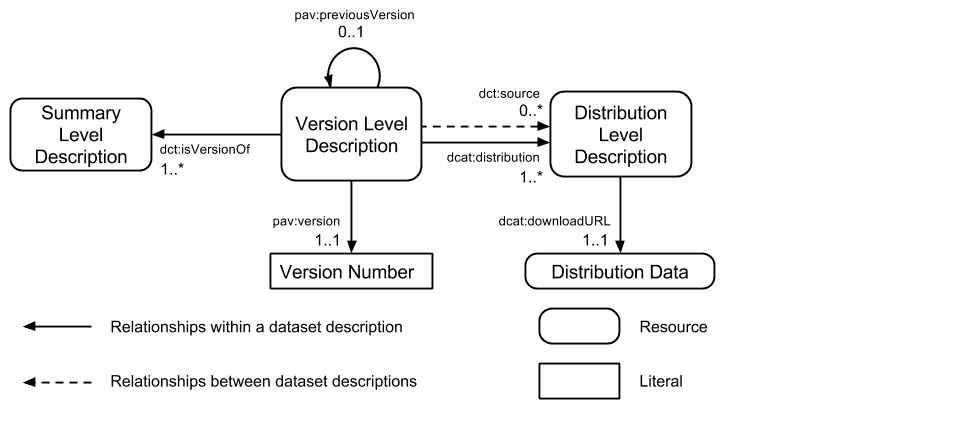Last week I was on a panel at Edinburgh University’s Repository Fringe event discussing sustainability and OER. As part of this I was asked to talk for ten minutes on some aspect of the subject. I don’t think I said anything of startling originality, but I must start posting to this blog again, so here are the … Continue reading Sustainability and Open Education →
Last week I was on a panel at Edinburgh University’s Repository Fringe event discussing sustainability and OER. As part of this I was asked to talk for ten minutes on some aspect of the subject. I don’t think I said anything of startling originality, but I must start posting to this blog again, so here are the notes I spoke from. The idea that I wanted to get over is that projects should be careful about what services they tried to set up, they (the services) should be suitable and sustainable, and in fact it might be best if they did the minimum that was necessary (which might mean not setting up a repository).
Between 2009 and 2012 Jisc and the HE Academy ran the UK Open Education Resources programme (UKOER), spending approximately £15M of Hefce funding in three phases. There were 65 projects, some with personal, institutional or discipline scope releasing resources openly, some with a remit of promoting dissemination or discoverability, and there were some related activities and services providing technical, legal, policy support, & there was Jorum: there was a mandate that OERs released through the project should be deposited in the Jorum repository. This was a time when open education was booming, as well as UKOER, funding from foundations in the US, notably Hewlett and Gates, was quite well established and EU funding was beginning. UKOER also, of course, built on previous Jisc programmes such as X4L, ReProduce, and the Repositories & preservation programme.
In many ways UKOER was a great success: a great number of resources were created or released, but also it established open education as a thing that people in UK HE talked about. It showed how to remove some of the blockers to the reuse and sharing of content for teaching and learning in HE (–especially in the use of standard CC licences with global scope rather than the vague, restrictive and expensive custom variations on “available to other UK HEIs” of previous programmes). Helped by UKOER, many UK HEIs were well placed to explore the possibilities of MOOCs. And in general showed the potential to change how HEIs engage with the wider world and to help make best use of online learning–but it’s not just about opening exciting but vague possibilities: being a means to avoid problems such as restrictive licensing, and being in position to explore new possibilities, means avoiding unnecessary costs in the future and helps to make OER financially attractive (and that’s important to sustainability). Evidence of this success: even though UKOER was largely based on HEFCE funding, there are direct connections from UKOER to the University of Edinburgh’s Open Ed initiative and (less directly) to their engagement with MOOCs.
But I am here to talk sustainability. You probably know that Jorum, the repository in to which UKOER projects were required to deposit their OERs, is closing. Also, many of the discipline-based and discovery projects were based at HE Academy subject centres, which are now gone. At the recent OER16 here, Pat Lockley suggested that OER were no longer being created. He did this based on what he sees coming in to the Solvonauts aggregator that he develops and runs. Martin Poulter showed the graph, there is a fairly dramatic drop in the number of new deposits he sees. That suggests something is not being sustained.
But what?
Let’s distinguish between sustainability and persistence: sustainability suggests to me a manageable on-going effort. The content as released may be persistent, it may still be available as released (though without some sort of sustainable effort of editing, updating, preservation it may not be much use). What else needs sustained effort? I would suggest: 1, the release of new content; 2, interest and community; 3, the services around the content (that includes repositories). I would say that UKOER did create a community interested in OER which is still pretty active. It could be larger, and less inward looking at times but for an academic community it doing quite well. New content is being released. But the services created by UKOER (and other OER initiatives) are dying. That, I think , is why Pat Lockley isn’t seeing new resources being published.
What is the lesson we should learn? Don’t create services to manage and disseminate your OERs that that require “project” level funding. Create the right services, don’t assume that what works for research outputs will work for educational resources, make sure that there is that “edit” button (or at least a make-your-own-editable-copy button). Make the best use of what is available. Use everything that is available. Use wikimedia services, but also use flickr, wordpress, youtube, itunes, vimeo,—and you may well want to create your own service to act as a “junction” between all the different places you’re putting your OERs, linking with them via their APIs for deposit and discovery. This is the basic idea behind POSSE: Publish (on your) Own Site, Syndicate Elsewhere.
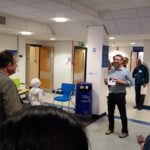
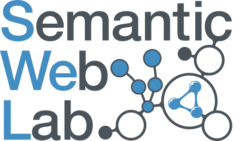
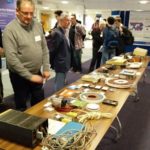
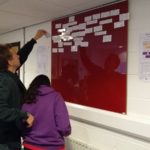
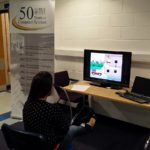


 More good news: the
More good news: the 
